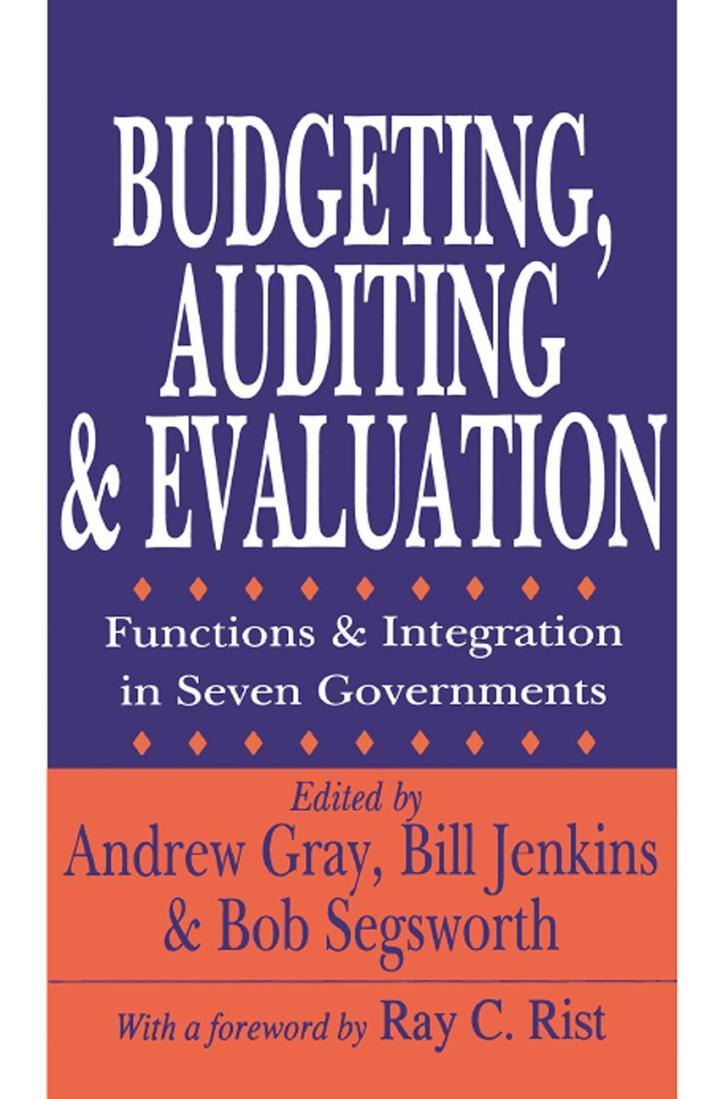can you show where yiu are getting the numbers from please? and help me with the questions as well?

1 2 P6.2A Determine cost of goods sold and ending inventory using FIFO. LIFO, and average-cost with analysis Glee Distribution markets CDs of the performing artist Unique. At the beginning of October, Glee had in beginning inventory 2,000 of Unique's CDs with a unit cost of $7. During October, Glee made the following purchases of Unique's CDs Oct. 3 2,500 @ $8 Oct. 19 3,000 @ $10 Oct. 9 3,500 @$9 Oct. 25 4,000 @ $11 4 5 During October, 10,900 units were sold. Glee uses a periodic inventory system. 2 8 9 10 11 12 13 14 Instructions (a) Determine the cost of goods available for sale. (b) Determine (1) the ending inventory and (2) the cost of goods sold under each of the assumed cost flow methods (FIFO, LIFO and average cost). Prove the accuracy of the cost of goods sold under the FIFO and LIFO methods. (c) Which cost flow method results in (1) the highest inventory amount for the balance sheet and (2) the highest cost of goods sold for the income statement? NOTE: Enter a number in cells requesting a value; enter either a number or a formula in cells with a "?". 15 16 17 18 19 (a) Determine the cost of goods available for sale. 20 21 23 24 Date Oct. 1 3 9 19 25 COST OF GOODS AVAILABLE FOR SALE Explanation Units Unit Cost Beginning inventory 2,000 $7 Purchase 2,500 8 Purchase 3,500 9 Purchase 3,000 10 Purchase 4,000 11 Total 15,000 Total Cost $14,000 20,000 31,500 30,000 44,000 $139,500 5 6 2 8 9 0 (b) 1 Determine (1) the ending inventory and (2) the cost of goods sold under each of the assumed cost flow methods (FIFO, LIFO and average cost). Prove the accuracy of the cost of goods sold under the FIFO and LIFO methods. 2 Date (1) Ending Inventory - FIFO Units Unit Cost 100 $10 Total Cost $1.000 Date Date 11 4,000 4,100 44,000 $45,000 (2) Cost of Goods Sold - FIFO Cost of goods available for sale Less: Ending inventory Cost of goods sold Value Value ? Date Date Date Date Date Proof of Cost of Goods Sold - FIFO Units Unit Cost 2,000 $7 2,500 8 3,500 9 2,900 10 10,900 Total Cost $14,000 20,000 31,500 29,000 $94,500 Date Date Date (1) Ending Inventory - LIFO Units Unit Cost 2,000 $7 2,100 8 4,100 Total Cost $14,000 16,800 $30,800 (2) - Cost of Goods Sold-LIFO Cost of goods available for sale Less: Ending inventory Cost of goods sold Value Value ? Date Date Date Date Proof of Cost of Goods Sold - LIFO Units Unit Cost 400 $8 3,500 9 3,000 10 Total Cost $3,200 31,500 30,000 66 62 Cost of goods sold M N ? 68 69 70 71 72 73 74 Date Date Date Dato Date Proof of Cost of Goods Sold - LIFO Units Unit Cost 400 $8 3,500 9 3,000 10 4,000 11 10,900 Total Cost $3,200 31,500 30,000 44.000 $108,700 15 20 77 78 80 81 32 33 AVERAGE COST Total goods available for sale Total units available Average cost "Round to two decimal points Value Value ? 85 85 (1) Ending Inventory - Average Cost Units Unit Cost Total Cost 4,100 $9.30 $38,130 38 89 00 01 92 03 (2) Cost of Goods Sold - Average Cost Cost of goods available for sale Loss: Ending inventory Cost of goods sold Value Value ? 95 36 7 8 After you have completed the requirements of P6.2A, consider these additional questions. Answers are on the other tab in this file. 1. Assume that the number of units sold increased to 12,000. What is the impact on ending inventory and cost of goods sold if the FIFO method is used? 0 2. Assume that the number of units sold increased to 12,000. What is the impact on ending inventory and cost of goods sold if the 0 LIFO method is used? 13 Assume that the number of units sold increased to 12,000. What is the impact on ending inventory and cost of goods sold at the average cost method is used










